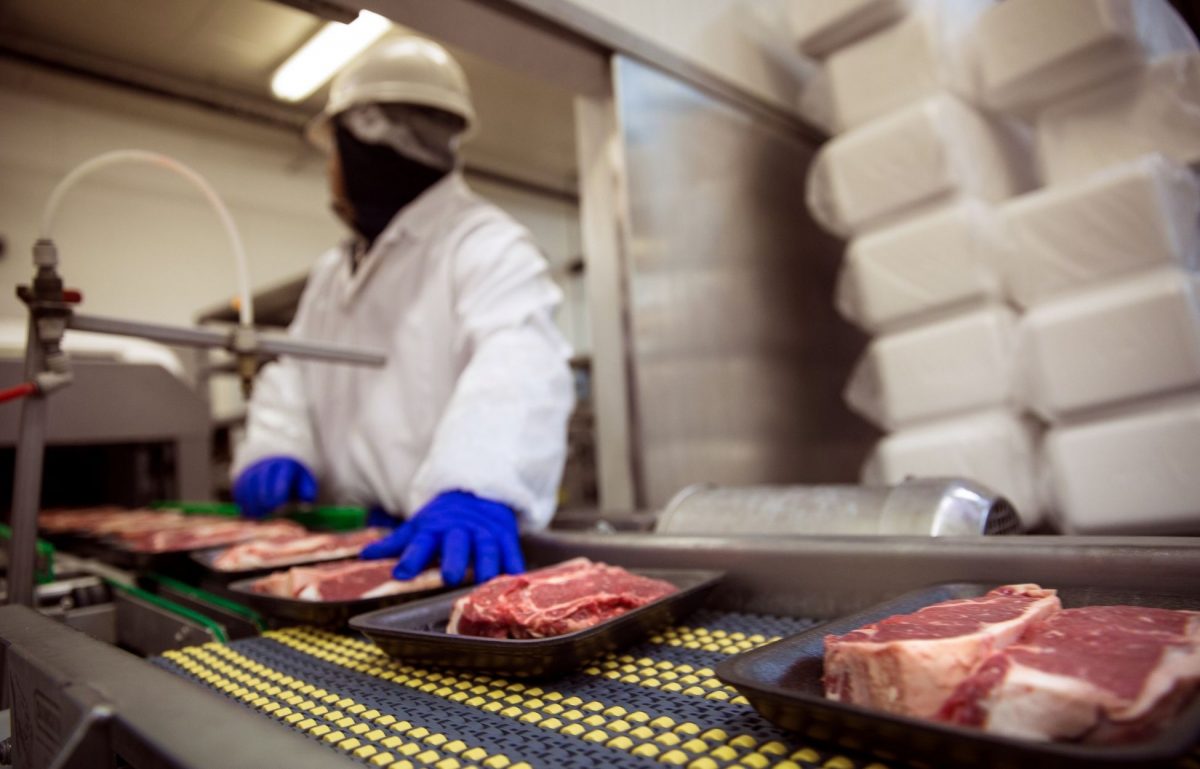When you start a business with meat as your product, you are opening yourself up to a whole litany of government regulations. The United States government is heavily involved in meat production, overseeing and inspecting the condition of products before they go to market. As a business owner, you must learn what to expect from these regulations, including the types of labels used in meat packing.
Product Name
It is legally required that the product name reflect what is actually in the package. Business owners can use the rules and regulations defined by the United States Department of Agriculture-Food Safety Inspection Service (USDA-FSIS) as a guide for how to name their meat product.
Inspection Legend Including the Establishment Number
Along with lot coding, there are several numbers a meat packer must include on their packaging. One of the most vital is the inspection legend, which is a marking or statement that communicates that the meat has been inspected and cleared by the USDA. The establishment number is assigned to the plant where the product was made, thereby allowing retailers to trace a meat item back to its source. Normally, this information is all communicated by a note on the package that reads, “US inspected and passed by Department of Agriculture EST.—” followed by the establishment number.
Weight or Quantity
If the meat is purchased at a butcher or retail counter, the types of labels used in meat packing may not require the net weight or quantity of the item. But if the meat is purchased off the shelf, it will almost certainly include that information.
Ingredients Statement
The ingredients that can be listed and how they should be communicated is determined by strict guidelines. Some of these regulations include:
- When two percent of an ingredient is incorporated, it must be written as “contains less than two percent of . . . “
- All allergens within the product must be listed.
- Instructions for safe handling of the products must be included for partially cooked or raw items, but they do not need to be included for ready-to-eat or fully cooked products.













